In the early hours of February 1, 2025, a tragic collision between an American Airlines regional jet and a U.S. Army Black Hawk helicopter near Washington D.C.’s Ronald Reagan Washington National Airport resulted in the loss of 67 lives. This devastating incident, however, was not an isolated event but rather the culmination of décadas de avisos ignorados y preocupaciones de seguridad en uno de los espacios aéreos más congestionados de los Estados Unidos.
The recent crash at Reagan National Airport (DCA) has sent shockwaves through the global aviation community, highlighting critical safety issues that have been overlooked for far too long. For aviation enthusiasts and professionals in Mexico, this tragedy serves as a stark reminder of the importance of stringent safety protocols and the need for continuous improvement in air traffic management. As we delve into the details of this incident, it becomes clear that the warnings were there, but the actions were not.
On the fateful night, an American Airlines regional jet, operated by PSA Airlines, was on approach to Reagan National Airport when it collided with a U.S. Army Black Hawk helicopter. The jet, carrying 64 passengers and crew, had departed from Wichita, Kansas, while the helicopter had three soldiers on board. The collision occurred around 9 p.m., resulting in no survivors.
What is alarming is that this tragedy was foreseen by many in the aviation community. Pilots and air traffic controllers had been reporting safety concerns at DCA for decades, with at least 15 incident reports dating back to 1991 detailing close calls between airplanes and helicopters.
These reports, filed through the Aviation Safety Reporting System (ASRS), a program managed by NASA, described scenarios eerily similar to the recent crash. Pilots reported near mid-air collisions, with some describing DCA as “probably the most dangerous airport in the United States” due to the frequent proximity of helicopters to airliners.
One notable incident in 2015 involved a regional jet that was switched from landing on runway 1 to runway 33, coming within very close contact of a helicopter. The flight crew had to take control to prevent a mid-air collision, highlighting the lack of communication from air traffic control regarding the close traffic.
The recurring theme in these reports is the confusion among flight crews caused by interactions with helicopter traffic, the variable altitudes flown by helicopters, and the overburdened tower controllers who seemed to treat these close calls as routine. Former Air Force pilot and ABC News aviation consultant John Nance described these incidents as “dress rehearsals for what happened last week,” emphasizing the clear track record of a problem that needed fixing.
In the aftermath of the crash, the FAA has restricted helicopter traffic over the Potomac River around DCA, a move that many argue should have been implemented much earlier. The investigation by the NTSB is ongoing, but preliminary findings suggest that the Black Hawk helicopter may have been flying higher than its approved altitude, deviating from its low-altitude flight path that was designed to avoid such collisions.
The Washington Reagan National crash is a stark reminder of the consequences of neglecting safety warnings. For the aviation community in Mexico and globally, this incident underscores the importance of robust safety protocols, effective air traffic management, and the need for continuous vigilance.
As the investigation unfolds, it is crucial for aviation authorities worldwide to review their safety procedures and ensure that similar tragedies are prevented. The loss of 67 lives serves as a poignant reminder that safety in aviation is not just a regulatory requirement but a moral imperative.
In conclusion, this tragedy should prompt a thorough reevaluation of air traffic control practices, particularly in congested airspaces like DCA. It is a call to action for all stakeholders in the aviation sector to prioritize safety above all else, ensuring that the skies remain safe for everyone.
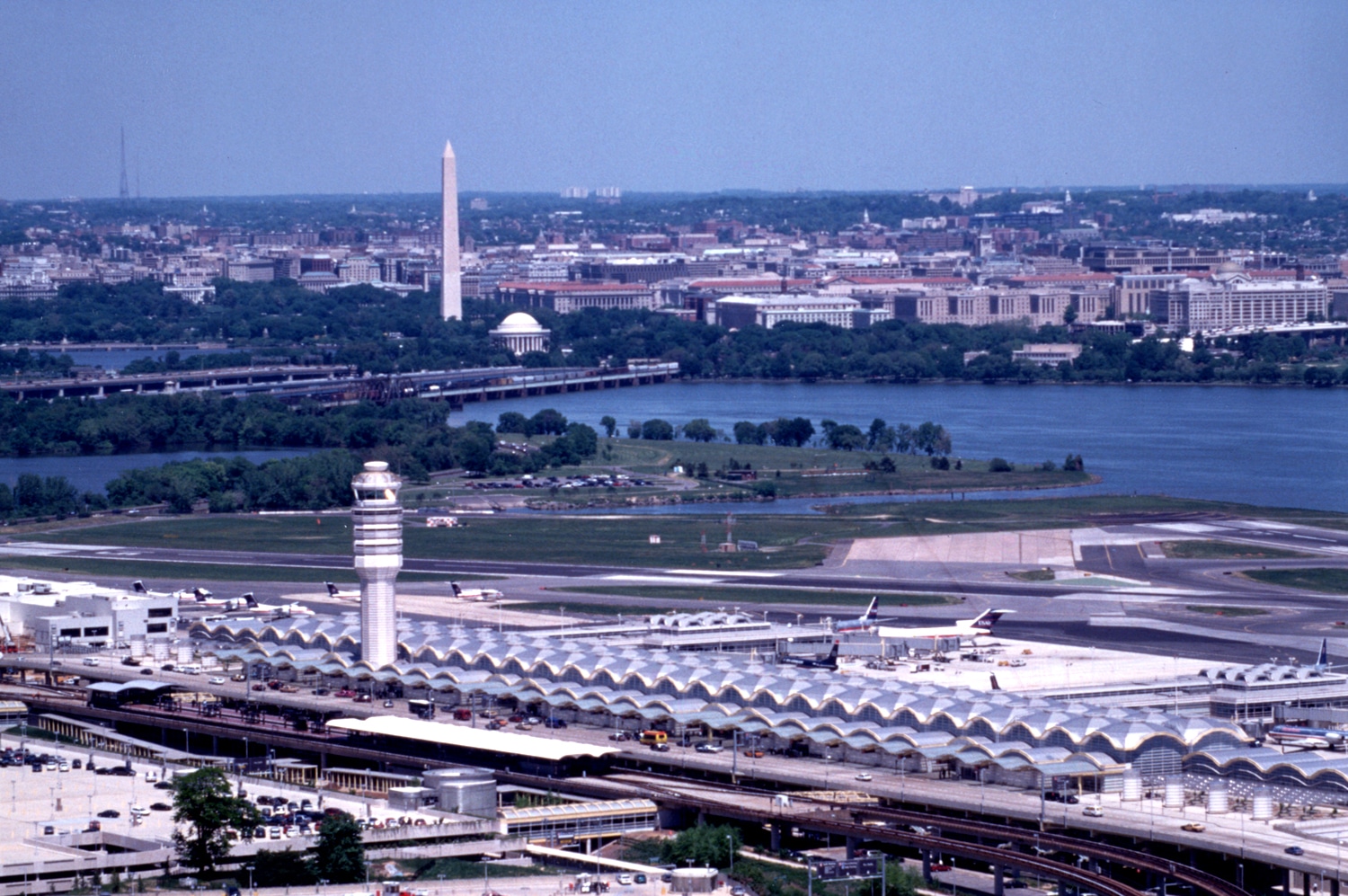
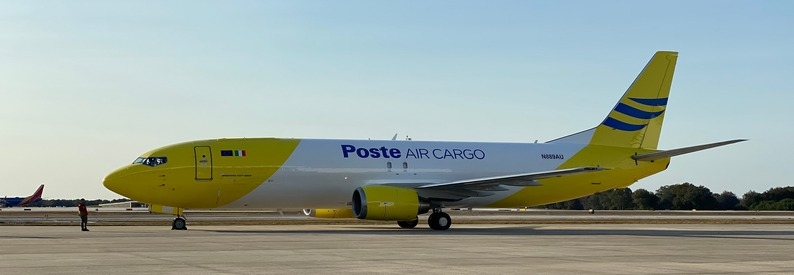
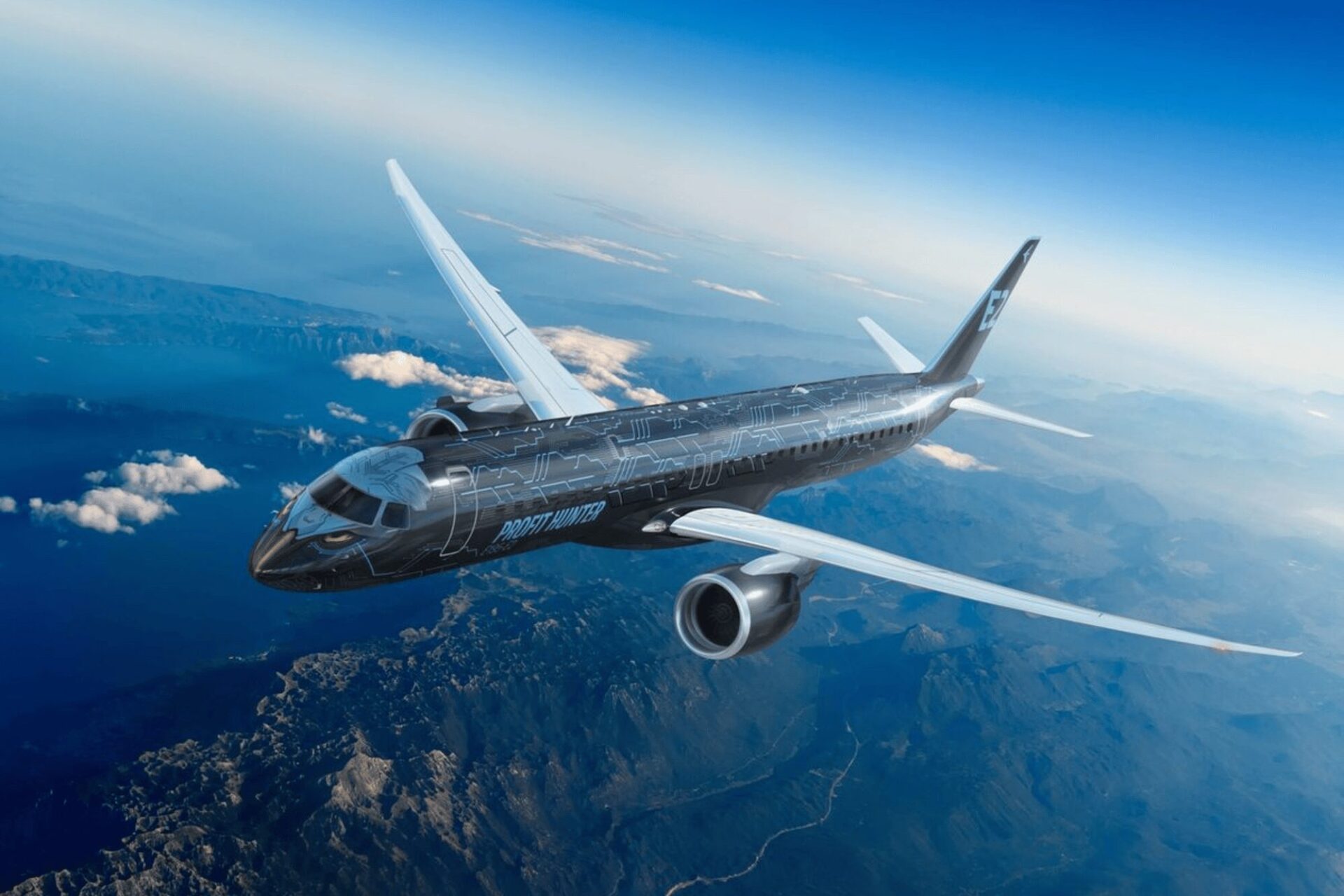
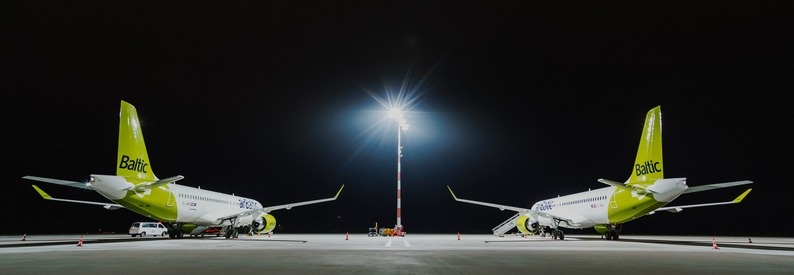
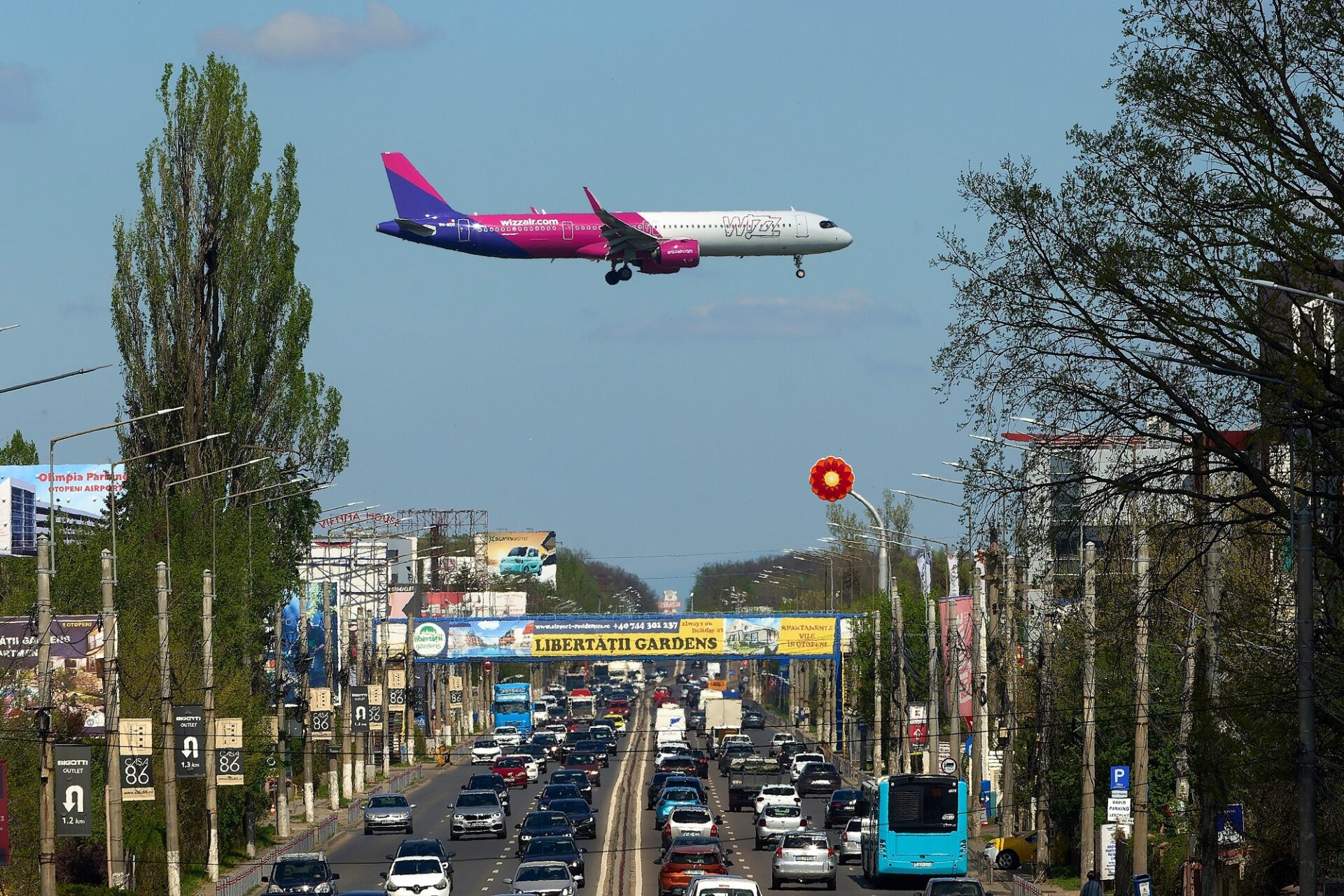
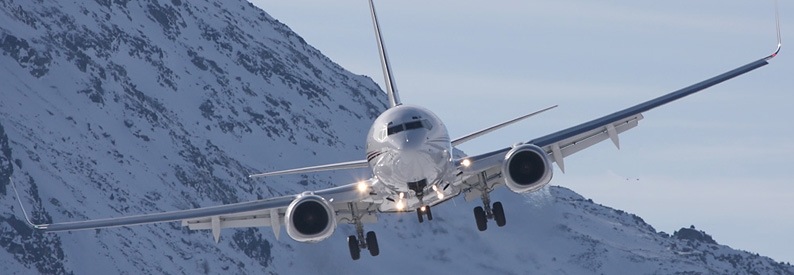
Deja una respuesta